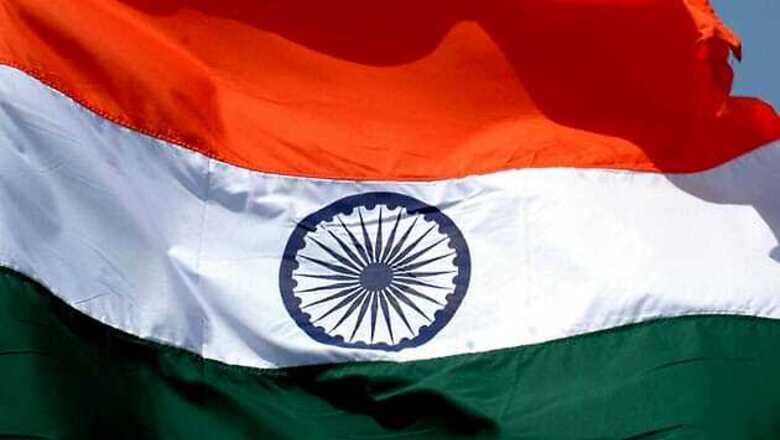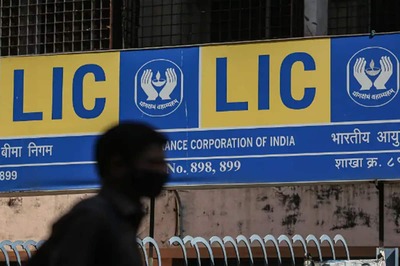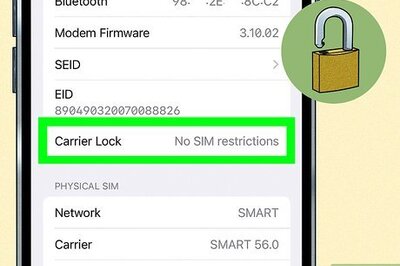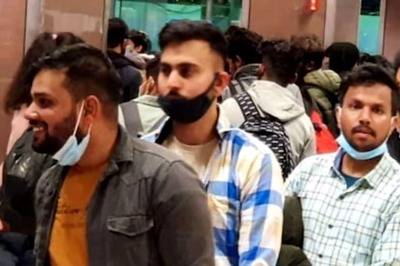
views
May 10, 1857 was a Sunday. The British officers at the Meerut cantonment in north India were preparing to attend church, while many other British soldiers were off duty. The Indian troops in the cantonment, already waiting for an opportunity to revolt against their foreign masters, seized the day. Almost 50 British soldiers, and other men, women and children were killed by the sepoys and the crowds who soon joined the Indian soldiers.
The Revolt of 1857 was no sudden occurrence and was the culmination of a century-long resistance to British rule. The famous episode of greased cartridges provided the spark for the Indian sepoys. The Enfield rifle that the British wanted their soldiers to use, had cartridges which had to be bitten off before it was loaded into the rifle. The grease was in some instances composed of beef and pig fat. This enraged both the Hindu as well as the Muslim sepoys. They believed that the British were deliberately trying to destroy their religion. The time to rebel had come.
Even before the outbreak at Meerut, Mangal Pandey had become a martyr at Barrackpore in Bengal. Pandey was hanged on 29 March 1857 for revolting and attacking his officers. On 24 April, many Indian soldiers refused to accept the greased cartridges. On 9 May, 85 of them were dismissed, sentenced to 10 years imprisonment and put in jail. This sparked off a general mutiny among the Indian soldiers stationed at Meerut on 10 May, 1857.
Meerut is almost 60 kilometers from Delhi. Next day, on 11 May, the first parties of the 3rd Cavalry reached Delhi. The Mughal empire, though powerless with its authority mostly limited to the Red Fort, was considered by the mutineers as the unifying factor of the revolt. The old Mughal king, Bahadur Shah Zafar, agreed to head the mutiny. The revolt gathered force rapidly and cut across north India like a sword. It soon embraced a vast area from the Punjab in the North and the Narmada in the South to Bihar in the East and Rajputana (modern Rajasthan) in the West.
The tremendous sweep and breadth of the Revolt was matched by its depth. Everywhere in northern and central India, the mutiny was followed by popular revolts of the civilian population. It is the wide participation in the Revolt by the peasantry and the artisans which gave it real strength as well as the character of a popular revolt.
The revolt of 1857 is significant for various reasons. Most of its protagonists – Mangal Pandey, Rani Laxmibai, Kunwar Singh and many others – became the national heroes. It also came to be known as India’s first war of independence. The revolt created a sense of nationhood among the Indians by uniting them politically, culturally and socially against a foreign rule. It also became the basis of the more popular and widespread struggle for independence at the beginning of the 20th century.
Read all the Latest News, Breaking News and Coronavirus News here




















Comments
0 comment